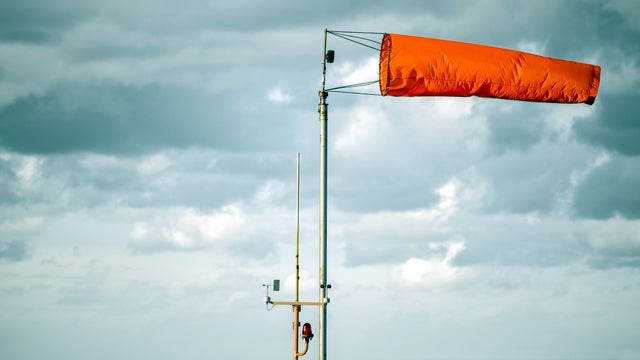Yes. That’s why many ski areas shut down their gondolas and lifts when sustained winds clock 40mph. “In November 2011, a wind gust was clocked at 115mph at Breckenridge Ski Area,” recalls Denver-based meteorologist Chris Tomer, noting that the all-time highest wind gust in Colorado—201mph—occurred near the summit of Long’s Peak during the winter of 1981. “At that point you’re essentially standing in the jet stream—the superhighway of wind that guides storms across the United States.”
So can you actually get blown off the mountain? Yes. “After the wind reaches 50mph, most people are forced to lean into the wind to stay upright,” Tomer says. “Beyond 80mph, people can get blown down and away; the 115mph wind gust at Breckenridge would’ve sent most people tumbling down the mountain.”
And that’s not the only way a blast of cold air can be hazardous to your wellbeing. Gusts also create wind chills, so as the air blows the heat away from your body, you feel colder. “The wind chill value is a temperature separate from the air temperature, and in the winter the wind chill is almost always colder,” Tomer explains. “Frost bite occurs quicker when the wind is blowing, especially for exposed skin.”
THE BOTTOM LINE: No one wants read your mountain-town version of Gone With the Wind, so check the forecast before hitting the slopes.


